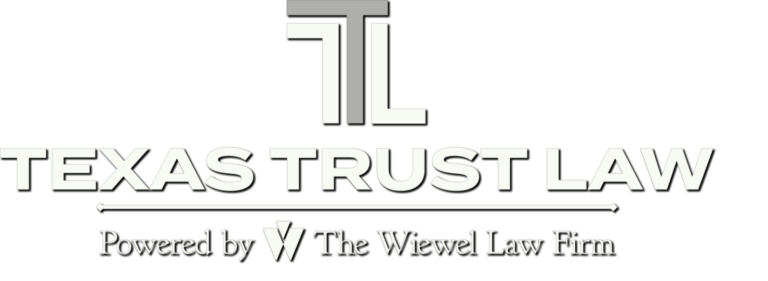
A Joint and Survivor Annuity is an Option
A joint and survivor annuity is an option to consider for some spouses. An annuity is a contract between an investor and a life insurance company. The purchaser of an annuity pays a lump-sum or several installments to the insurer, which then provides a guaranteed income for a certain period—or until their death.
Forbes’ recent article entitled “What Is A Joint And Survivor Annuity?” says that understanding an “annuitant” is key to understanding how a joint and survivor annuity works. An annuitant may be either the buyer or owner of an annuity or someone who’s been selected to get the annuity payouts. A joint and survivor annuity typically benefits joint annuitants: a primary annuitant and a secondary annuitant. Under this policy, both get income payments during the lifetimes of both the annuity owner and their survivor.
With joint life annuity, you can expect payments throughout the lifetime of the primary annuitant. If that person passes away, the survivor—the other annuitant—receives payouts that are the same as or less than what the original annuitant received. However, if the secondary annuitant dies ahead of the primary annuitant, survivor benefits aren’t paid when the primary annuity dies. The annuity buyer can designate themselves and another person, like their spouse, as joint annuitants.
A joint and survivor annuity differs from a single life annuity in a few ways:
- A single-life annuity benefits only the annuity owner, so income payouts cease when that person dies; and
- A single-life annuity usually pays out less than a joint and survivor annuity, since a single-life annuity covers just one life, while a joint and survivor covers two.
Under some joint and survivor annuities, the amount of the payout is decreased after the death of the primary annuitant. The terms of any decrease are set out in the annuity contract.
The payout to a surviving secondary annuitant, generally a spouse or domestic partner, ranges from 50% to 100% of the amount paid during the primary annuitant’s life, if the annuity was bought through certain tax-qualified retirement plans.
A joint and survivor annuity is an option to consider, but you need to ask these three questions before setting one up:
- How much in payout is needed for both annuitants to support themselves?
- Do you have other assets (like a life insurance policy) to help the surviving joint annuitant after one of the annuitants dies?
- How much would the payouts be lessened after the death of a joint annuitant?
Remember that you usually can’t change the survivor named in a joint and survivor annuity. If you are interested in learning more about annuities in estate planning, please visit our previous posts.
Reference: Forbes (Dec. 19, 2022) “What Is A Joint And Survivor Annuity?”














